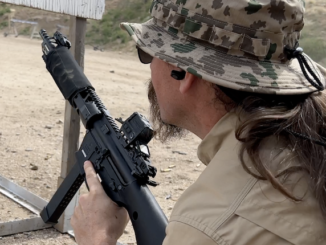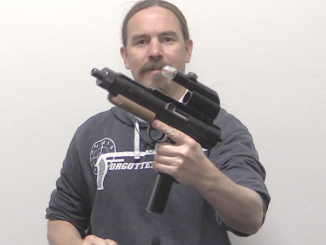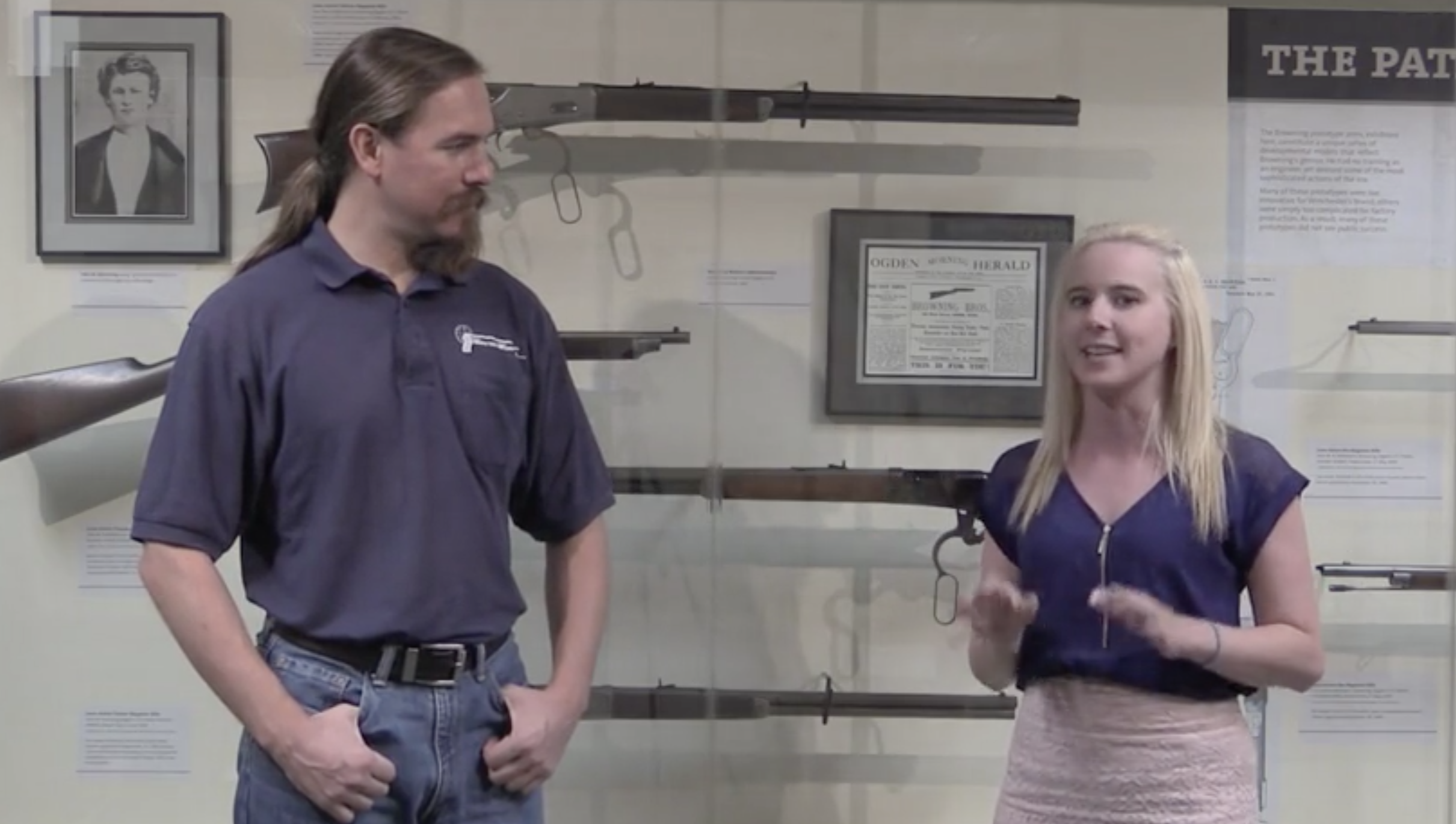The first US-production military arm was the “US musket, Charleville pattern” – known today as the Model 1795 Springfield Musket. Copied from the French 1766 model Charleville which made up the bulk of existing US arms supplies, this was a .69 caliber smoothbore flintlock with a 44.5 inch (1.13m) barrel. Springfield was formally established as a manufacturing center in 1795, and this was its first weapon. By 1798, 3,152 had been made for the government, along with guns of the same pattern made by a myriad of private contractors. It was only in 1799 that quality control concerns led to a requirement to mark a manufacturer’s name to the guns, and Springfield started stamping its name and a date on its guns. This example is dated 1799 on the buttplate, making it the earliest model of identifiable US martial long arm. Total production would end up being between 80,000 and 85,000 guns form Springfield before evolution of the design led to a new model designation in 1816.
Related Articles

Semiauto Rifles
KE Arms KP9 Polymer Lower 9mm Receiver

Semiauto pistol


I am not an expert, but, is that little chip out on behind the lock plate not a unique thing to find on early guns? I seem to remember having seen that chip out on several guns in the past, and thought it was a flaw. Am I wrong, could it be a part of having the lock plate outside of the main metal work of the breach?
I used to win bar bets when I would ask an infantryman what his branch insignia was. The inevitable answer was “Crossed rifles (you idiot)”. I would then inform them that they were wrong, the Army had adopted crossed Model 1795 MUSKETS as the insignia in 1923. I even carried a copy of the pertinent regulation in my wallet. I drank for free on many nights
BTW, the tank on the Armor insignia is an M26 and Air Defense’s missile is a Nike-Ajax
Well, most people aren’t that well informed about the branch insignia. In fact, most guys don’t pay attention because they think that the branch insignia are just, well, generic.
Most people are not aware of teh difference between muskets and rifles. And well then there was the 1853 Enfield “rifled musket”. Causing more confusion to this day…
Never having looked to close at the pinon for US Army infantry or the expert infantry badge, it at least seemed to me like some old a musket. That it would be the first officially adopted wouldhave been my guess anyways. 😉
The M26 Pershing I had noticed as a tanker myself, though I have always been sad that it is not the mighty M47. Well cosnidering WW2 it should have been a M4 Medium, but I guess the tankers wanted to be progressive and modern and used the most modern tank in their arsenal then for their insignia. Then I have seen a coffee mug once with an armored cavalry insignia (which normally uses the M26 as well) altered with the starship (M60 A2) superimposed over the sabers. 😀
The Brits still use a rhomoid tank tank of course. The Bundeswehr’s beret insignia looks kind of like a Leopard tank, but it is a bit inbetween a Leo1 and a Leo2 (pre A5 KWS) in looks.
I was just thinking that the M26 is a kind of odd choice considering the rather small role it had in WW2, though a bit larger in Korea, I suppose. But being the most modern tank at the time of the designing of the badge explains it nicely. The M60A2 is also an “interesting” choice for even an unofficial insignia, considering many people believe it to be the worst of US post-WW2 tanks… It didn’t lack ambition, one can certainly say. Or perhaps it was used ironically?
The CIB and EIB device is in fact a 1795 musket, it’s in the specifications.
Call me an ignoramus. I rather respect the buffoon who—all unaware of the diff between a rifle,and a musket, —can stand in there and use his weapon in the face of enemy fire.This as opposed to barroom boy geniuses with copies of regulations in their back pocket and bourbon on the breath.
Thank you for moving the camera very slowly along the musket. It shows the details a lot better than your usual faster style.
+1
I have to stop the videos often to take in the details. Not much of a problem really, but it is nicer to have a slow camera move over a piece presented to have a good overview and then go back and pause at details of interest. It is not as hectic for me.
Very informative, thank you